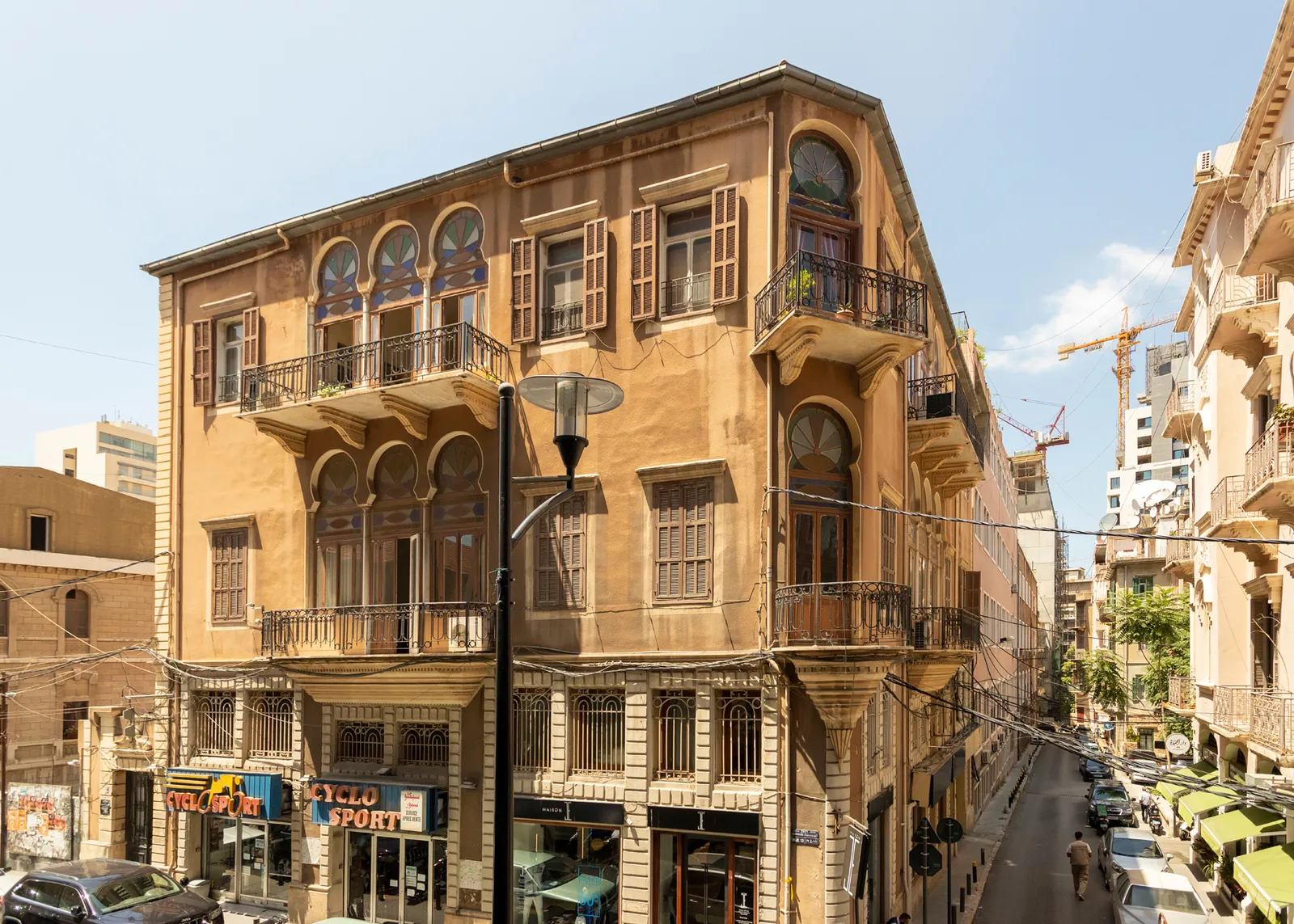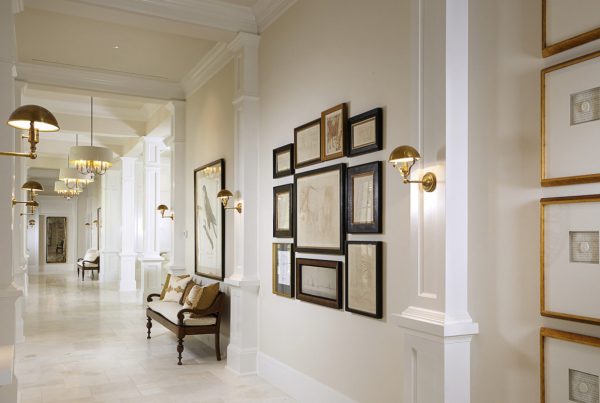Lebanon, a country rich in cultural heritage and historical significance, boasts a remarkable architectural landscape that reflects its diverse past and vibrant present. Nestled in the heart of the Middle East, Lebanon has been a melting pot of civilizations, resulting in a unique blend of architectural styles that harmoniously coexist. From ancient Roman ruins to contemporary skyscrapers, Lebanon’s architecture tells a story of resilience, creativity, and adaptability.
Ancient Wonders:
Lebanon’s architectural journey begins with its ancient wonders, showcasing the remnants of civilizations that once flourished here. The Phoenician city of Tyre, a UNESCO World Heritage site, offers a glimpse into the ancient past with its grand ruins, including the awe-inspiring Roman hippodrome and triumphal arch. The Roman temples of Baalbek, featuring colossal stone columns, stand as a testament to the magnificence of the Roman Empire. These ancient sites inspire awe and serve as a reminder of Lebanon’s historical significance.
Ottoman Influence:
During the Ottoman Empire’s reign, Lebanon experienced a shift in architectural styles, as Ottoman influences started to shape the country’s urban landscape. The charming neighborhoods of Beirut, Tripoli, and Sidon boast Ottoman-era houses with characteristic elements such as intricate wooden balconies, ornate windows, and charming courtyards. Walking through these neighborhoods feels like stepping back in time, with each building telling a unique story of the past.
French Colonial Legacy:
Lebanon’s architectural fabric further evolved during the French colonial period, which spanned from the early 1920s to 1943. French architectural styles began to merge with local aesthetics, resulting in a unique blend known as the “Lebanese-French” style. The cosmopolitan city of Beirut showcases this influence with its elegant buildings, wide boulevards, and charming cafes. The renowned French architect Auguste Perret made significant contributions to Lebanon’s architectural heritage, including the iconic “Egg” building in downtown Beirut, an embodiment of modernist architecture.
Post-war Resurgence:
Lebanon’s tumultuous history, marred by civil wars and conflicts, has left its mark on the architecture of the country. However, in the aftermath of the Lebanese Civil War (1975-1990), the country witnessed a remarkable resurgence in architectural creativity. Beirut’s city center, once devastated by war, was transformed into a modern urban hub, characterized by sleek high-rises, contemporary designs, and cutting-edge architecture. The Beirut Souks, a vibrant commercial district, and the Zaitunay Bay waterfront exemplify this post-war architectural renaissance.
Sustainability and Innovation:
As the world embraces sustainable architecture and green design, Lebanon has also made strides in this domain. With its diverse topography and commitment to environmental preservation, Lebanon is exploring sustainable building practices and integrating renewable energy solutions. Architects are incorporating eco-friendly materials, energy-efficient designs, and green spaces into their projects. Notable examples include the Bank of Lebanon headquarters, which utilizes solar panels and rainwater harvesting, and the revitalization of the Beirut River, turning it into a public park.
Lebanon’s architecture is a tapestry of diverse influences, reflecting the country’s rich history and resilience. From ancient ruins to modern skyscrapers, Lebanon seamlessly combines tradition and innovation. The architectural landscape of the country serves as a testament to the adaptability and creativity of its people. As Lebanon moves forward, it embraces sustainable design practices and continues to contribute to the global architectural conversation. Exploring the architectural wonders of Lebanon is not only a journey through time but also an appreciation of the enduring spirit of a nation.






